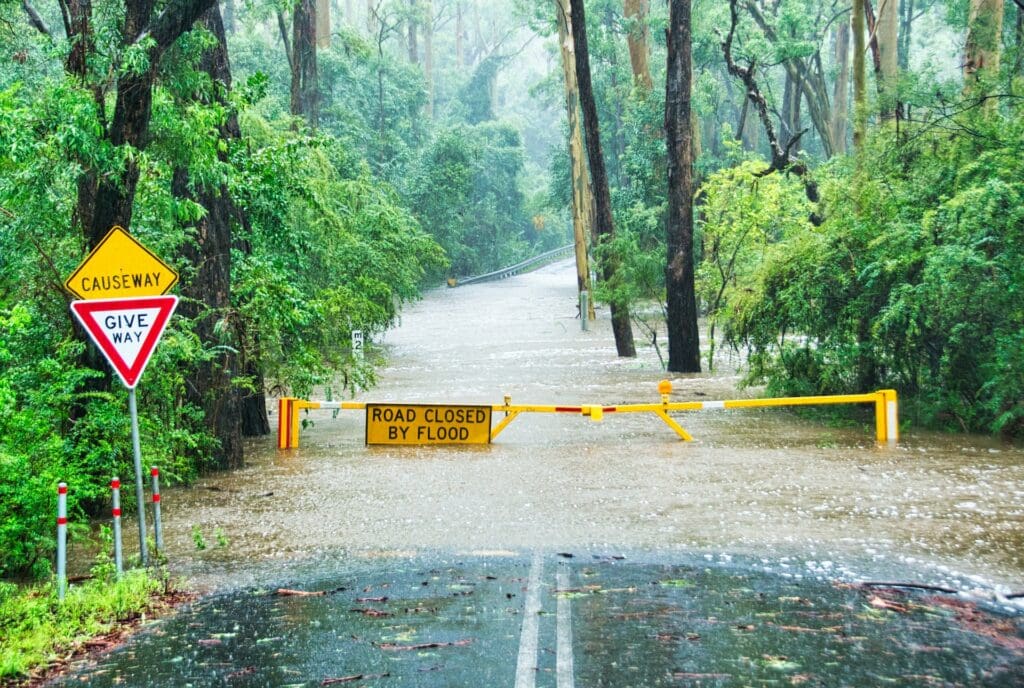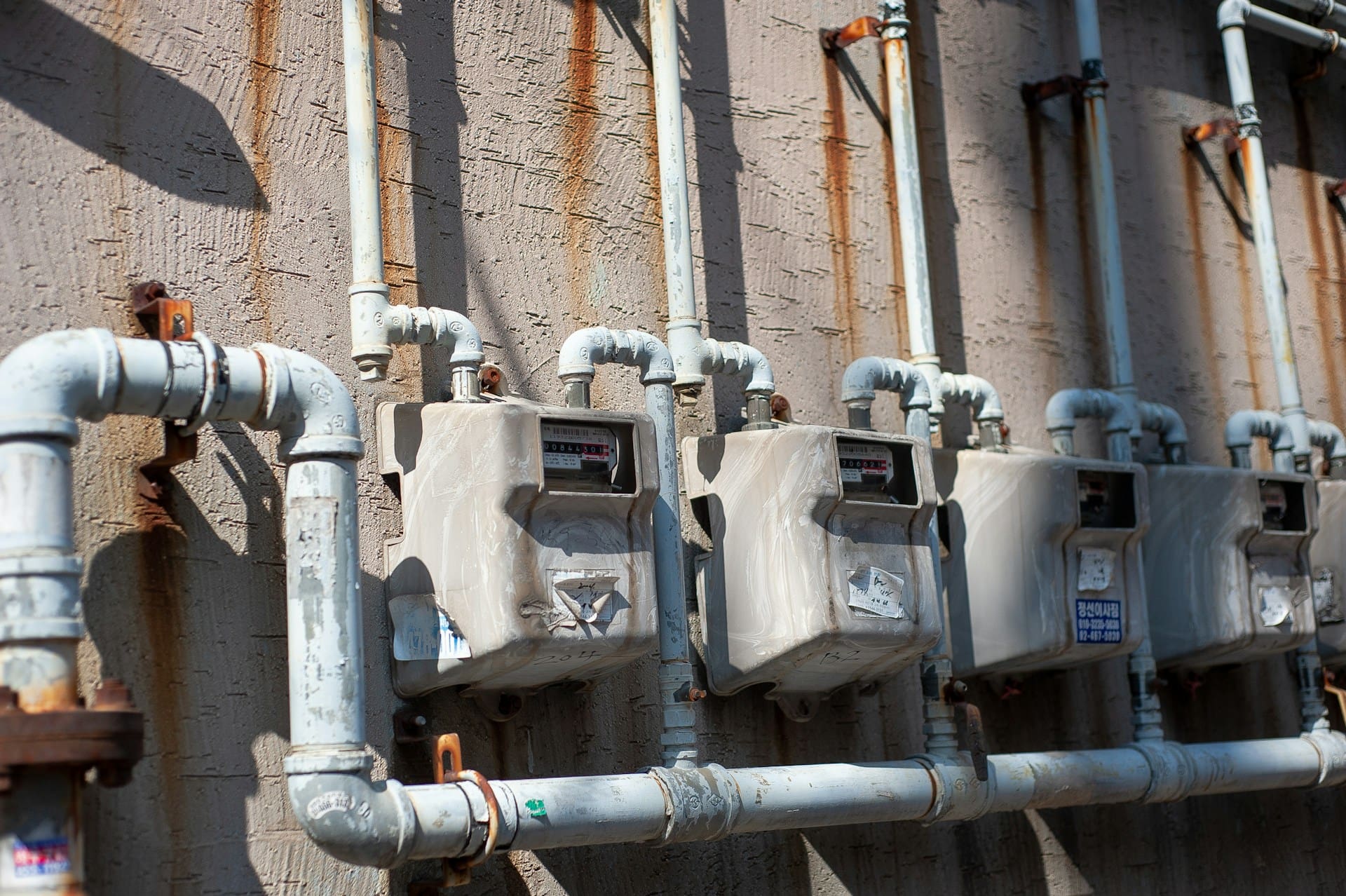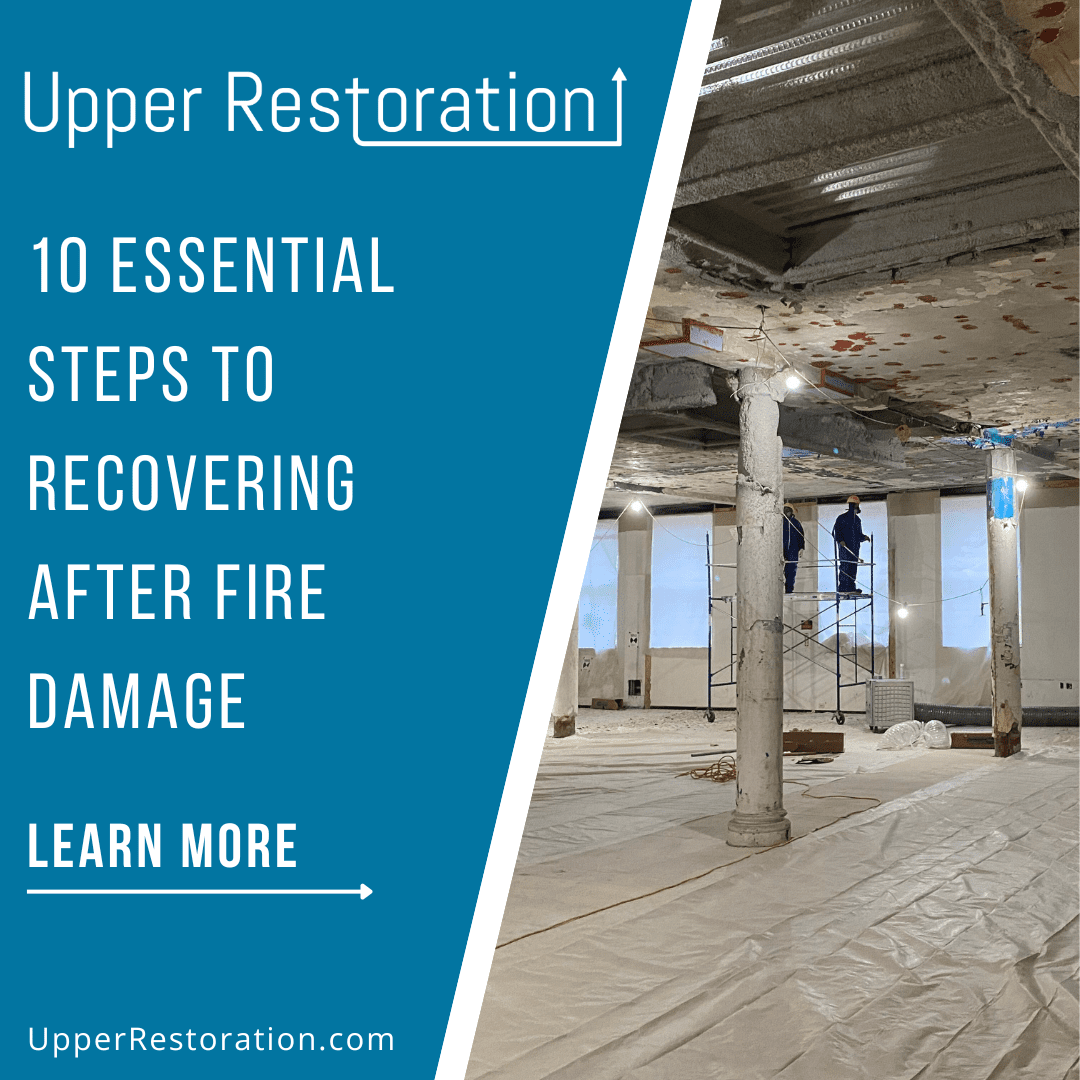Introduction
Flooding is a natural disaster that can wreak havoc on homes and communities. Once the waters recede, the process of cleaning up can be overwhelming. Water damage can lead to mold growth, structural damage, and health hazards. It’s important to take the right steps to ensure a safe and effective cleanup.
Understanding the Risks
Before you start to clean up after a flood, it’s important to understand the range of risks that can come with flood damage. Floodwater can contain various types of bacteria, viruses, and other harmful contaminants that can cause severe health problems, such as gastrointestinal diseases, skin rashes, and respiratory issues. In addition, floodwater can damage the structural integrity of your home, making it unsafe for you to move around. To properly protect yourself, it’s important to wear protective gear, such as gloves, goggles, and boots, to minimize your exposure to these hazards.
Furthermore, it’s important to be aware that the cleanup process itself can also pose risks. If you are not accustomed to heavy lifting, moving furniture and other items can lead to back injuries or other types of physical strain. Additionally, the use of cleaning products containing harsh chemicals can cause skin irritation or respiratory problems. Therefore, it’s essential to take breaks frequently and use proper lifting techniques.
Lastly, it is important to note that the emotional toll of dealing with the aftermath of a flood can also be significant. It can be overwhelming to see your home damaged and destroyed, and the process of cleaning up and rebuilding can be long and difficult. It’s important to take care of your mental and emotional well-being during this time and to seek support from friends, family, or professionals if needed.
Steps to Take for Safe and Effective Cleanup
In the event of a flood, it’s important to take the necessary steps to ensure a safe and effective cleanup. Below are some additional details on each of the steps:
- Turn off the power: Before beginning the cleanup process, it’s essential to turn off the power to your home. This is because water and electricity can be a dangerous combination, and the risk of electrocution is high. If you’re unsure of how to turn off the power, it’s best to contact your utility company for assistance. It’s also important to note that if the flood is severe, you may need to have an electrician inspect your home before turning the power back on.
- Remove water: Once the power is turned off, the first step is to remove any standing water from your home. This can be done using a pump or wet vacuum. It’s important to dispose of the water in a safe location away from your home to prevent any further damage.
- Dry out your home: After the water has been removed, it’s important to dry out your home as quickly as possible. This can be done using fans or dehumidifiers, which will help prevent the growth of mold. It’s important to note that mold can grow within 24 to 48 hours of water damage, so it’s crucial to dry out your home as quickly as possible.
- Remove damaged items: Any items that have been damaged beyond repair should be removed from your home. This can include carpet, furniture, and any other items that have been exposed to water. Removing these items will not only prevent further damage, but it will also help improve the overall air quality in your home.
- Clean and disinfect: Once the damaged items have been removed, it’s time to start cleaning and disinfecting your home. A mixture of bleach and water is usually the most effective solution for cleaning up after a flood. It’s important to wear protective gear and follow the instructions on the label carefully to ensure your safety.
- Check for mold: Finally, it’s important to check your home for any signs of mold growth. If you find any mold, it’s important to have it removed by a professional to prevent any further damage to your home and to protect your health.
Conclusion
Cleaning up after a flood can be a daunting task, but taking the right steps can help ensure a safe and effective cleanup. Remember to wear protective gear, turn off the power, remove water, dry out your home, remove damaged items, clean and disinfect, and check for mold. By following these steps, you can help minimize the damage and get your home back to its pre-flood condition.




